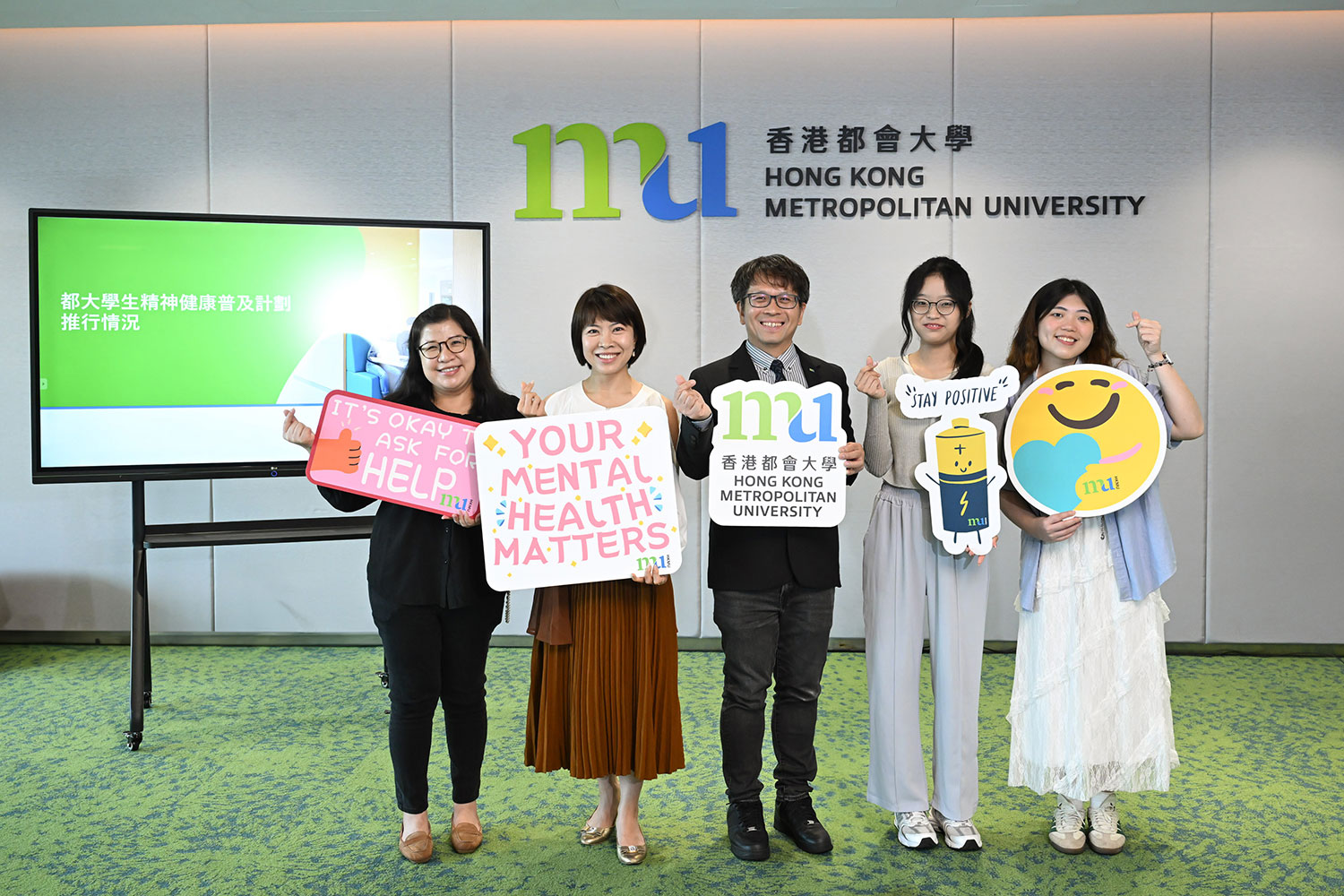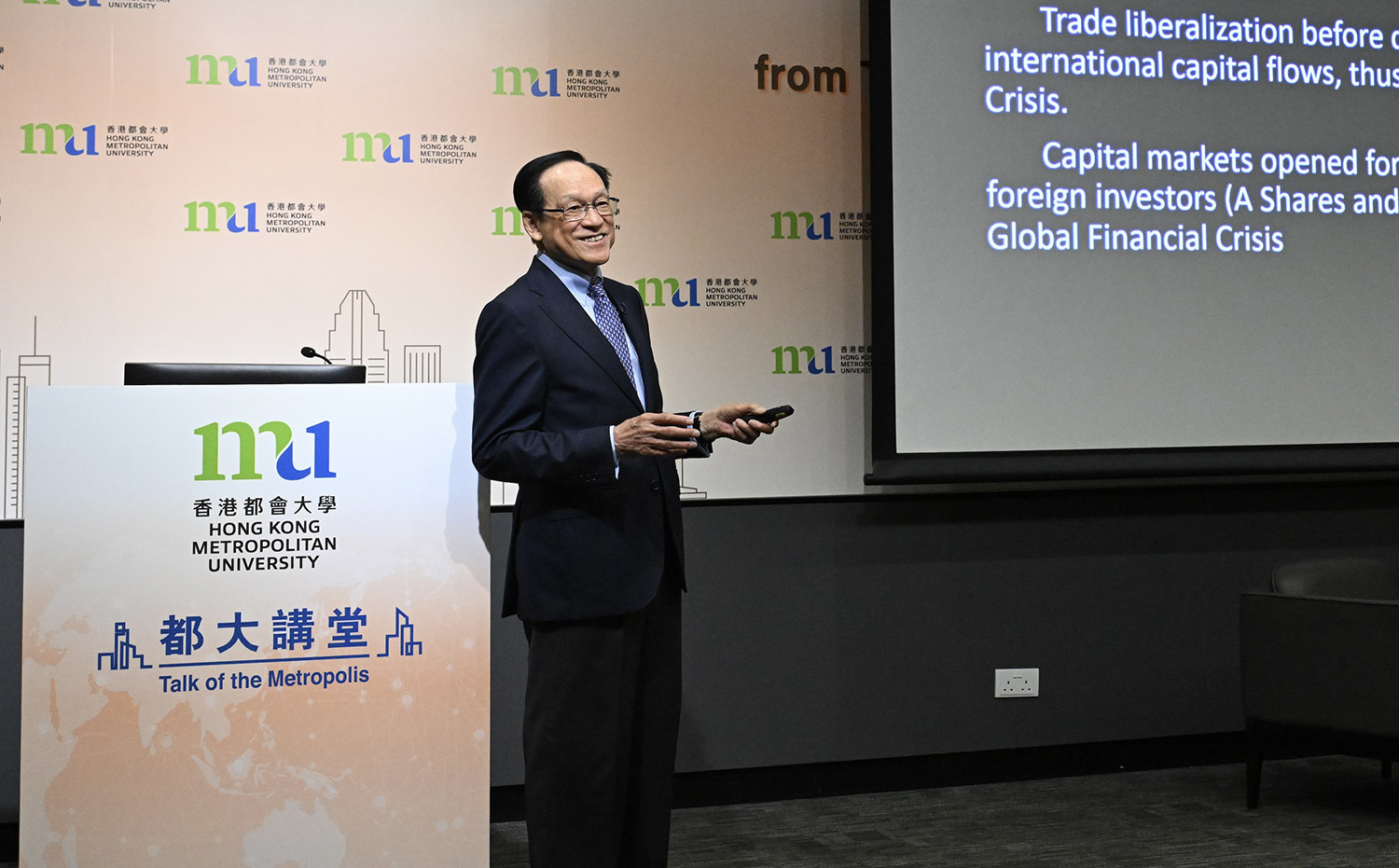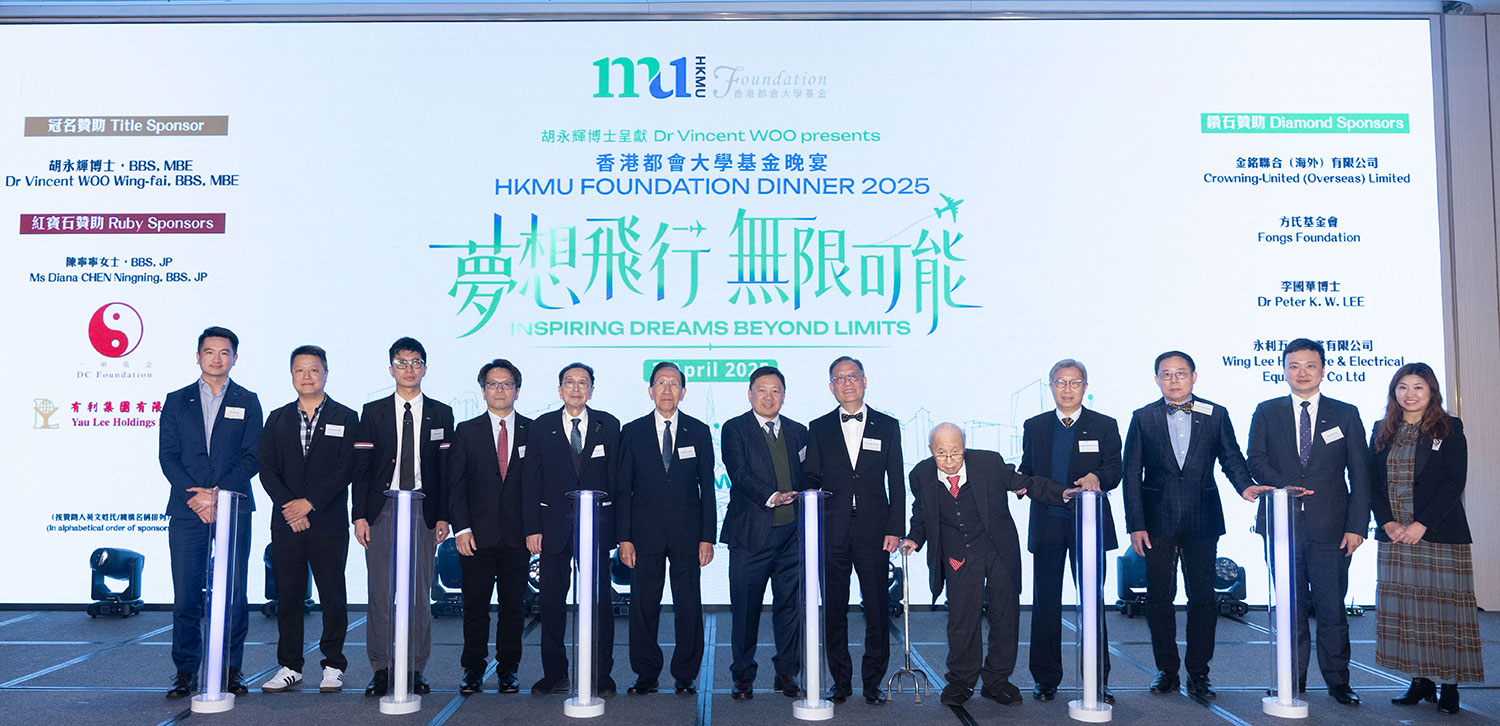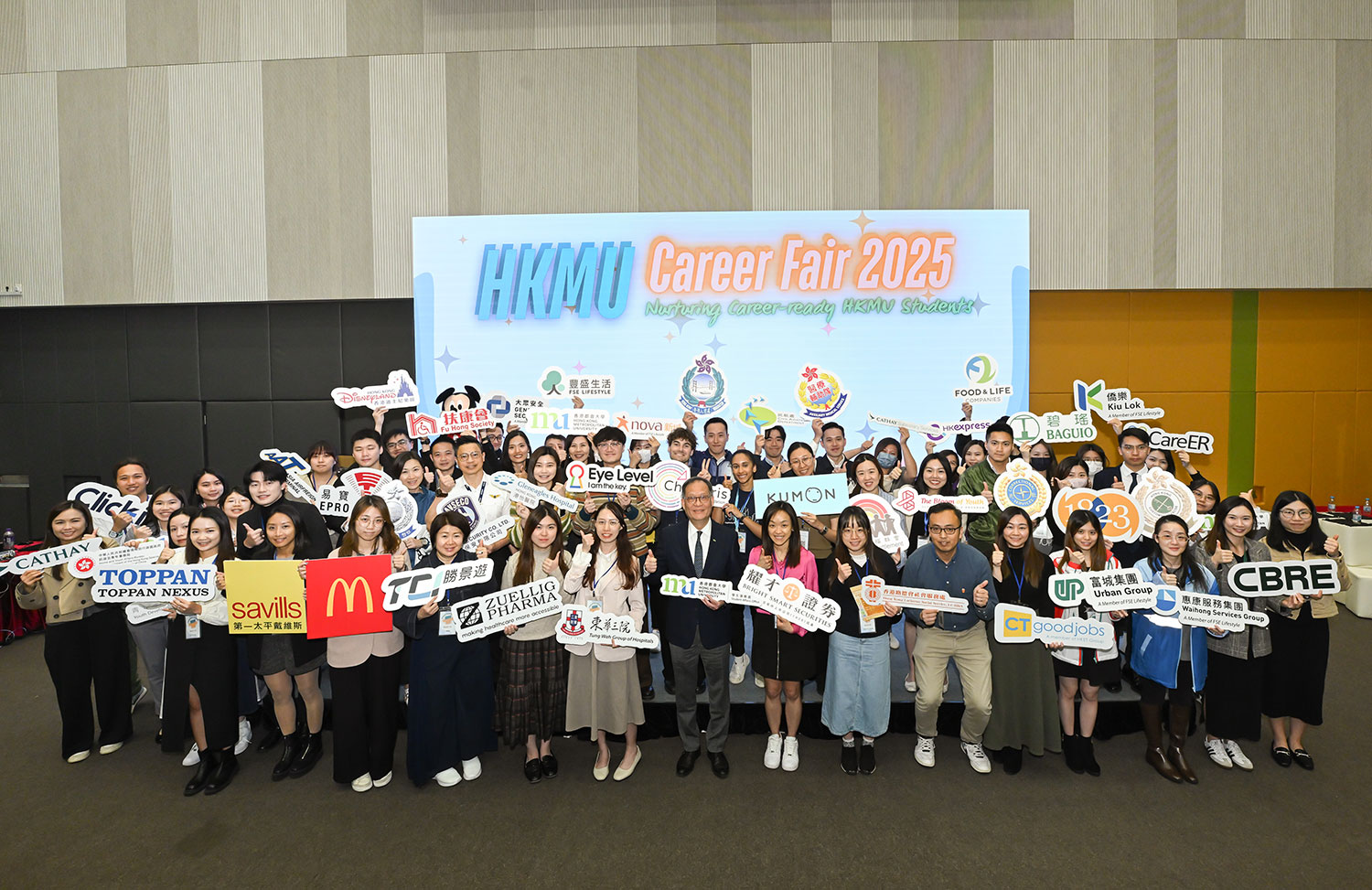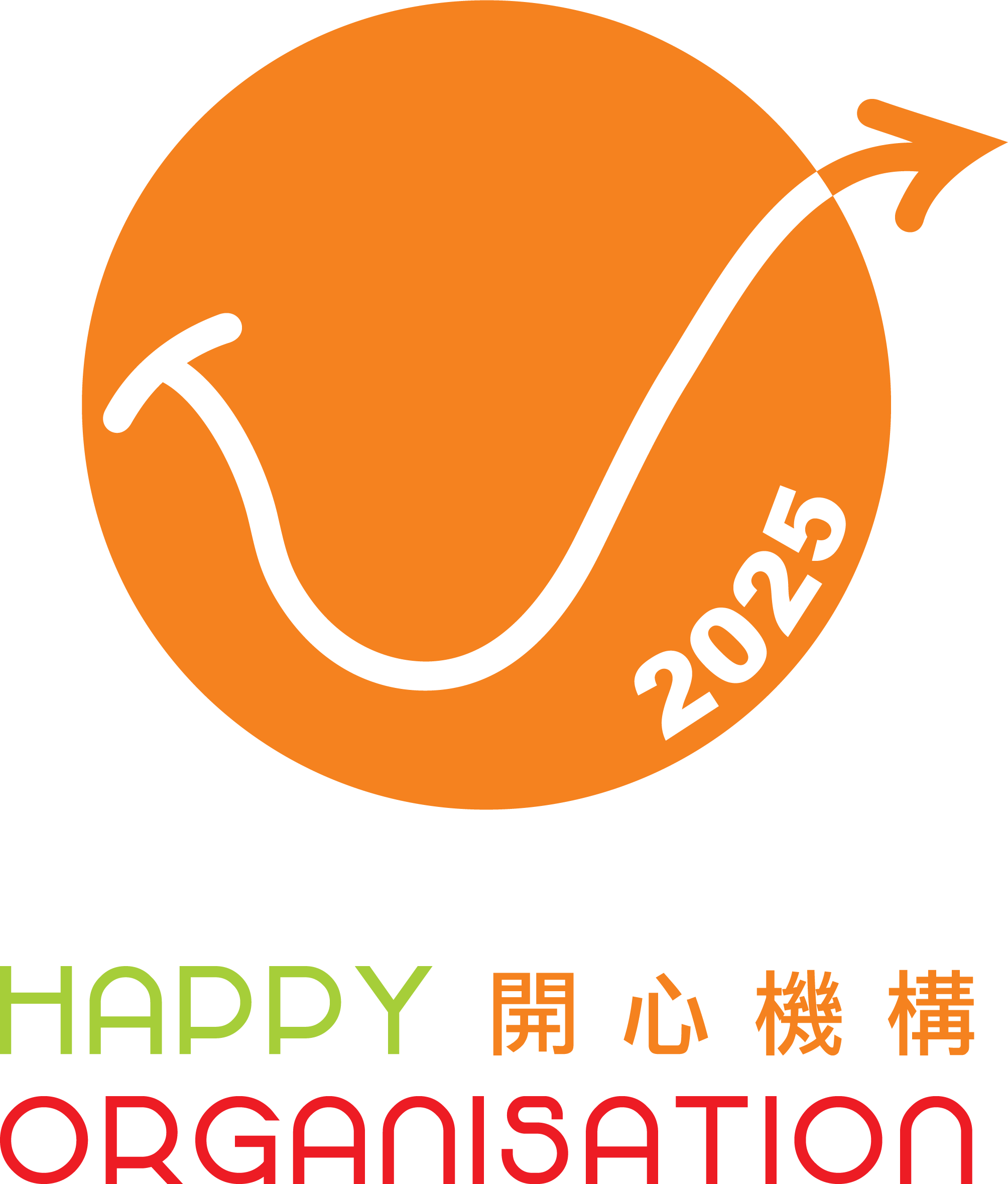In today's digital era, computing speed and energy efficiency are crucial. A research team led by the School of Science and Technology at Hong Kong Metropolitan University (HKMU) has developed an innovative algorithm to maintain digital twin fidelity while effectively managing energy consumption in edge computing networks. This innovation marks a significant leap forward in real-time data processing for autonomous driving, smart city and Internet of Things (IoT) applications.
The research, led by Dr Fu Yaru, Assistant Professor in the School of Science and Technology of HKMU, was awarded the Best Paper Award at the Institute of Electrical and Electronics Engineers Global Communications Conference (IEEE GLOBECOM) 2024.
Digital twins are virtual models of real-world objects or systems, enabling intelligent IoT applications through real-time monitoring and interaction with the physical world.
To maintain twin fidelity, meaning the accuracy and precision with which a digital twin replicates its physical counterpart, and to enhance computing speed and efficiency, digital twin models are placed on the servers of edge computing networks, which process data close to their source. Frequent synchronisation of these twins ensures high fidelity but comes at the cost of increased energy consumption.
To keep twin information up to date without incurring high energy costs, Dr Fu and her team developed an algorithm that balances rapid updates with low energy consumption.
Through comprehensive testing, they showed that the algorithm can achieve significant energy savings of up to 72.5% compared to conventional scenarios in which digital twin migration occurs in every time slot. There are 40 servers in the system.
Their research also offers solutions for simple scenarios and introduces a lightweight algorithm tailored specifically for long-term use in digital twin edge networks, addressing both delay-sensitive and energy-sensitive scenarios.
The findings are particularly relevant for 6G research and related applications. “We believe our research will benefit various fields, such as digital twin-enabled wireless networks, autonomous driving, augmented reality, smart cities and IoT networks,” said Dr Fu.
The research paper, presented at IEEE GLOBECOM 2024, held in South Africa in December 2024, received the prestigious Best Paper Award. “This is significant recognition of the efforts of our research group,” said Dr Fu. “We will continue to explore the field of digital twin edge networks and strive to contribute to future standardisation and real-world applications.”
Looking ahead, Dr Fu envisions developing a prototype for digital twin edge networks to provide valuable insights for practical applications in various settings.
Dr Fu was the corresponding author of the paper, and Dr Guo Yongna, a research assistant in her group, was the first author. Other co-authors include researchers from the University of Oslo and the Singapore University of Technology and Design.






